The World Russian Billiards Championship is here again and this time it promises to be the most exciting event of the year. The competition, involving the best Russian billiards players from around the world, began on 18 November in Novosibirsk. It is more than a game: it reflects unparalleled passion, skill and precision. Masters from all over the world gathered to compete for the main title.
History of the World Russian Billiards Championships
The history of the competition dates back to the middle of the last century, when the first international tournament laid the foundation for this fantastic event. There were dramatic victories and incredible duels by legendary players. The first international competition took place in 1952, when Soviet masters decided to showcase their skills on the world stage. Of the first champions, we especially remember Igor Smirnov and Alexei Zotov, who became icons for generations to come.
The evolution of the tournaments was accompanied not only by a change in the rules, but also by an expansion of the geography: over the years, the World Russian Billiards Championship began to attract participants from Europe, Asia and even America. Today, the event is a true celebration of the sport, where traditions mix with new trends and each tournament adds something different to the chronicle of the great game.
Stages of development:
- 1952 was the first international tournament in which players from the Soviet Union and Eastern Europe participated. It was the beginning of international interest in Russian billiards.
- 1960 – expansion of participants, emergence of teams from Asia. Japan and China began to actively participate in the competitions, bringing their training techniques and strategies.
- 1975 – first world championships with participation of Western European countries. Germany and France began to form their national teams.
- 1980 – inclusion of American players in the line-up, leading to the creation of new rules and changes in competition formats to achieve greater international appeal.
achieve. - 1990 – introduction of television broadcasting, which significantly increased the popularity of tournaments. Billiards became a sporting event that attracted millions of viewers.
- 2000s – modernisation of the rules of the game and introduction of electronic scoring systems. Countries like Kazakhstan and Belarus began to show a high level of preparation.
- 2020s – introduction of new technologies, such as VAR to analyse controversial moments, and active participation of countries from North and South America. The tournament has become a truly global event with a high level of organisation.
The best Russian billiard players and their path to the championship
 The best of the best gathered at the Russian World Billiards Championships to compete for the title once again. Here you will see both recognised masters and rising stars ready to make a name for themselves. Vladimir Sinitsyn, the Russian billiards legend, with his powerful tactics and psychological stamina, is once again among the favourites. His coach, Ivan Petrov, points out that preparation for this tournament has been intense and Vladimir is showing the highest level of form this year. Alexei Shirov, known for his strategic play and ability to exploit his opponents’ weaknesses, is also one of the contenders for the title.
The best of the best gathered at the Russian World Billiards Championships to compete for the title once again. Here you will see both recognised masters and rising stars ready to make a name for themselves. Vladimir Sinitsyn, the Russian billiards legend, with his powerful tactics and psychological stamina, is once again among the favourites. His coach, Ivan Petrov, points out that preparation for this tournament has been intense and Vladimir is showing the highest level of form this year. Alexei Shirov, known for his strategic play and ability to exploit his opponents’ weaknesses, is also one of the contenders for the title.
Young talents like Kirill Demidov have already captured the hearts of fans, showing brilliant and unorthodox play. How did they reach this level and what challenges were key to their success? An important part of the preparation was working with leading sports psychologists and participating in major local tournaments.
Russian players at the Russian billiards world championship: hopes of victory
Russian athletes traditionally occupy a special place at the Russian billiards world championships. They show a high level of preparation and incredible skill. Dmitry Kolesnikov and Pavel Gromov are the main representatives of the national team. Both players have trained for more than 1,000 hours under the guidance of Sergey Vlasov, who is known for his method of working out the most complicated combinations. The athletes’ tactics are based on a thorough analysis of their opponents and the ability to remain calm at the most tense moments.
Training conditions of the participants
- Modern training facilities – there are professionally equipped training rooms with high-quality billiard tables meeting international standards.
- Specialised coaches – each player had access to individual coaches specialised in Russian billiards tactics and techniques.
- Psychological support – sports psychologists were on hand to help players deal with nervous tension and gear up for victory.
- Nutrition and recovery – comprehensive sports nutrition and recovery procedures, including massage and physiotherapy, were organised to keep the players in good physical condition.
- Video analysis of matches – every player had access to video analysis of their training and matches so they could identify and correct mistakes.
- Competition training – special in-house preparation tournaments were organised so players could practise strategies in conditions as close as possible to real competitions.
Fans eagerly watched the performances of the masters, ready to amaze the public with their skills and win the main title.
Prize pool and venue
This year’s Russian World Billiards Championship will be held in Novosibirsk, which is no coincidence: one of the best bases has been created here for holding competitions of such a level. The complex ‘Siberian Arena’ with state-of-the-art equipment and comfortable conditions for the players. The organisers have tried to create an atmosphere where participants can show all their skills.
The prize money of the World Russian Billiards Championship is US$500 000 and is one of the largest in the history of this discipline. The event is sponsored by companies such as Gazprom and Rosneft, which have been supporting sports initiatives in Russia for years. The large sum of money serves as an excellent motivation for the participants and increases the passion and level of play.
Snooker tournament: unique moments and what to expect next
In 2024, the organisers added several innovations. For example, the introduction of the VAR system to control controversial moments and the use of special cameras for slow motion shots. In addition, the format of the matches has changed: each match is now played in three sets, providing more dynamism and unpredictability.
The next Russian World Billiards Championship will be held in St Petersburg and preparations have already started. The tournament is expected to attract even more participants, including new countries that have not participated before. Interest in Russian billiards continues to grow and this competition will be an important step in popularising it on the international stage.
Results and new horizons
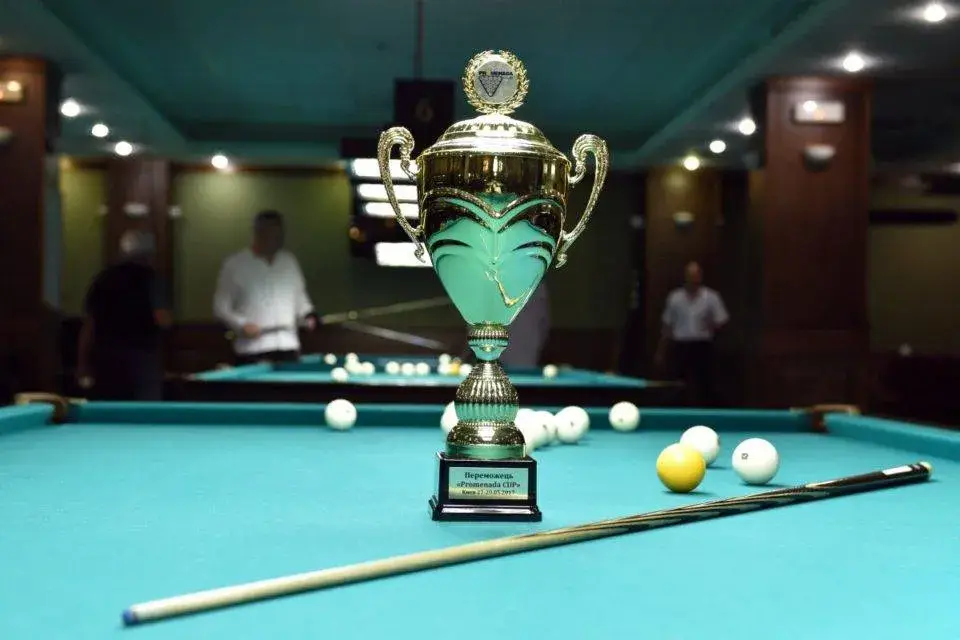 The Russian World Billiards Championship shows how sport can unite people and inspire new achievements. Every participant, regardless of results, contributes to the development of the discipline. The tournament in Novosibirsk became a vivid example of how skill and the will to win can become a true celebration for spectators. We look forward to the next championship in St Petersburg, which promises to be even bigger and more spectacular.
The Russian World Billiards Championship shows how sport can unite people and inspire new achievements. Every participant, regardless of results, contributes to the development of the discipline. The tournament in Novosibirsk became a vivid example of how skill and the will to win can become a true celebration for spectators. We look forward to the next championship in St Petersburg, which promises to be even bigger and more spectacular.








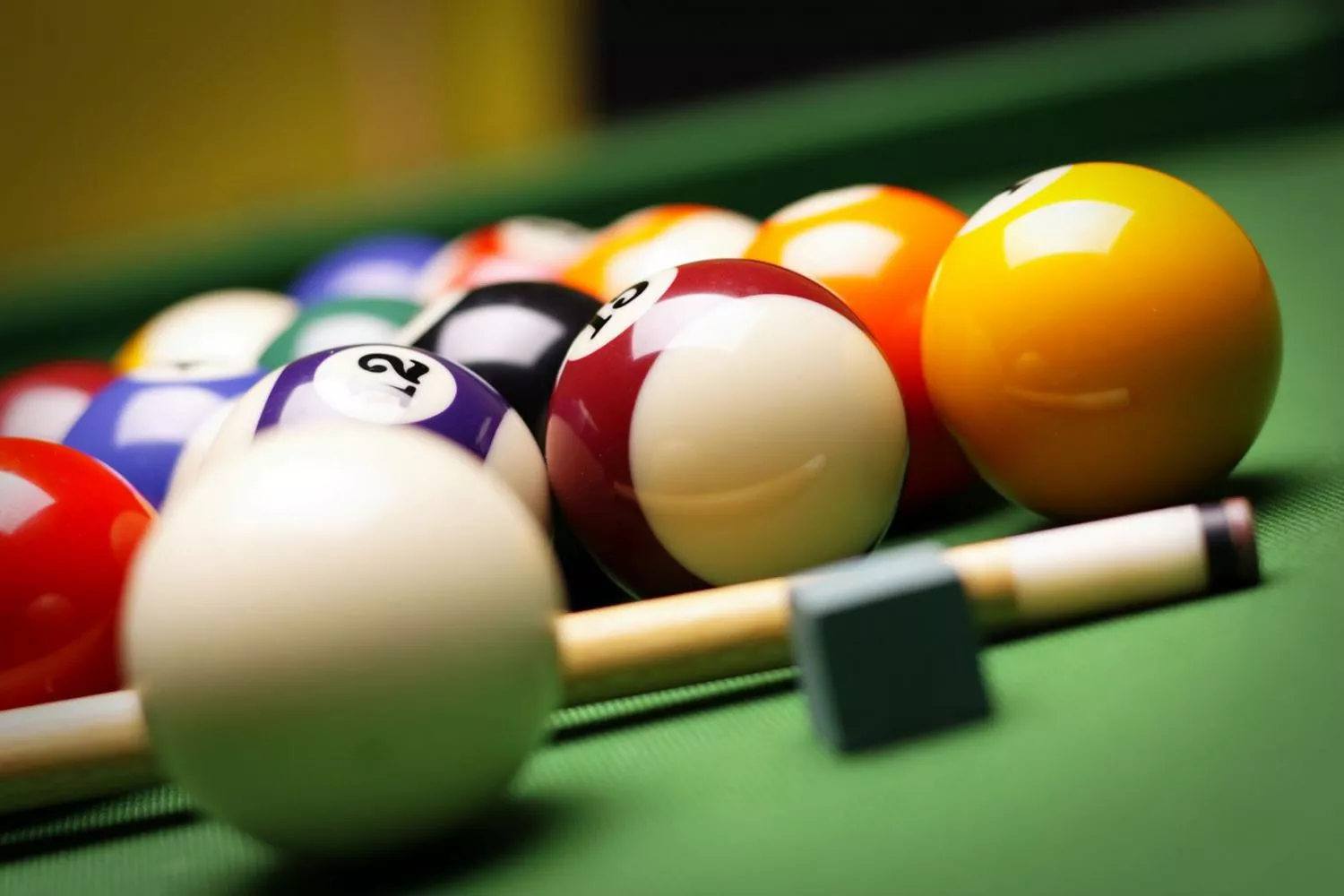
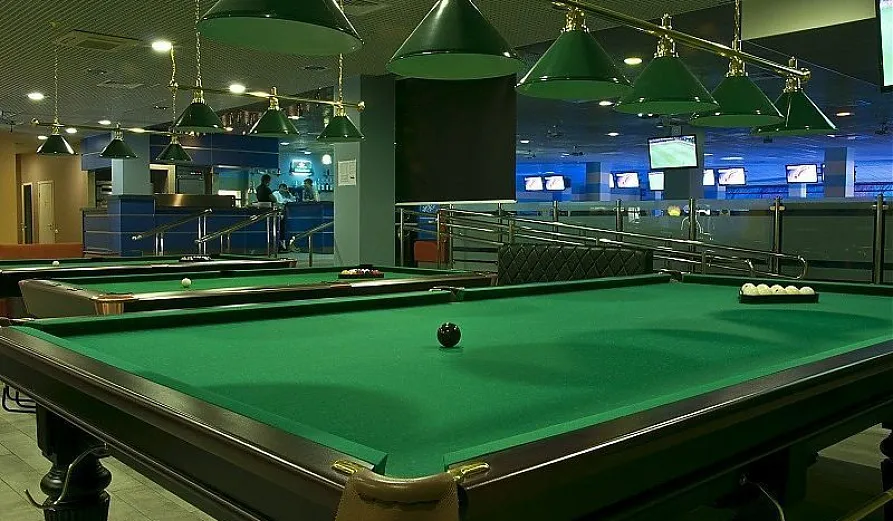 The differences in the equipment of these two formats are also significant. Russian billiard tables are 12 feet long, making them among the largest of all versions of the game. The louzes are small, requiring incredible precision even from experienced players. The equipment of American billiards is very different: the tables are 2.5 to 3.5 metres long and the louzes are wider, making the game much easier to play. The cue of Russian billiards tends to be heavier, with a harder tip, while that of American billiards is lighter and more flexible, which helps to make fast and precise strokes.
The differences in the equipment of these two formats are also significant. Russian billiard tables are 12 feet long, making them among the largest of all versions of the game. The louzes are small, requiring incredible precision even from experienced players. The equipment of American billiards is very different: the tables are 2.5 to 3.5 metres long and the louzes are wider, making the game much easier to play. The cue of Russian billiards tends to be heavier, with a harder tip, while that of American billiards is lighter and more flexible, which helps to make fast and precise strokes. The differences between Russian billiards and American billiards cannot be underestimated: they are two completely different games, each offering its own challenges and fun. Russian billiards is based on patience, precision and strategy, while American billiards is based on speed, fun and dynamism. It is important to understand these differences in order to choose and enjoy the game in the best possible way. Whichever version is preferred, billiards remains a fascinating and versatile game, always providing fun and a chance to improve yourself.
The differences between Russian billiards and American billiards cannot be underestimated: they are two completely different games, each offering its own challenges and fun. Russian billiards is based on patience, precision and strategy, while American billiards is based on speed, fun and dynamism. It is important to understand these differences in order to choose and enjoy the game in the best possible way. Whichever version is preferred, billiards remains a fascinating and versatile game, always providing fun and a chance to improve yourself.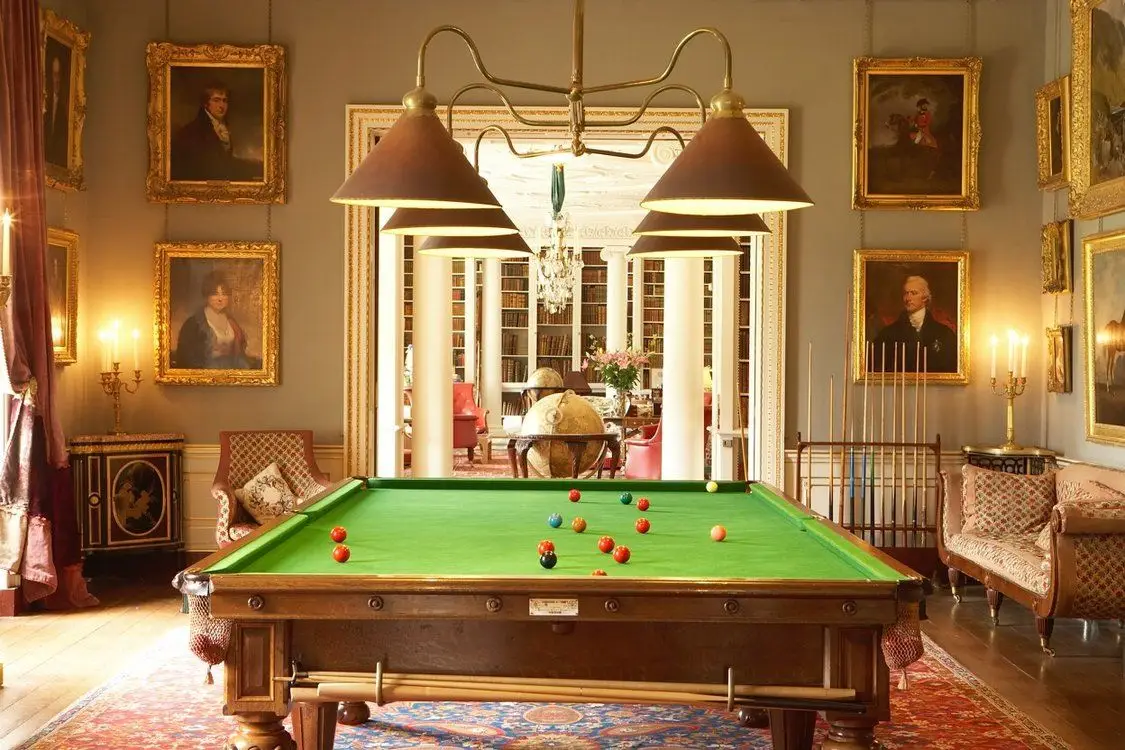
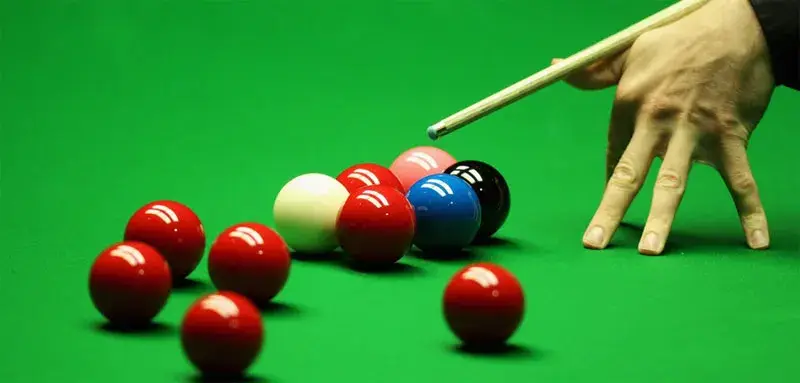 A true master of English billiards knows that success begins with choosing the right cue. It should be made of strong wood, such as ash or maple, with the optimal length and weight. For beginners, the weight of the cue may seem insignificant, but, as practice shows, it significantly affects the accuracy of the strike. The longer the cue, the more control over the movement, and a well-balanced cue is like an extension of the player’s hand.
A true master of English billiards knows that success begins with choosing the right cue. It should be made of strong wood, such as ash or maple, with the optimal length and weight. For beginners, the weight of the cue may seem insignificant, but, as practice shows, it significantly affects the accuracy of the strike. The longer the cue, the more control over the movement, and a well-balanced cue is like an extension of the player’s hand.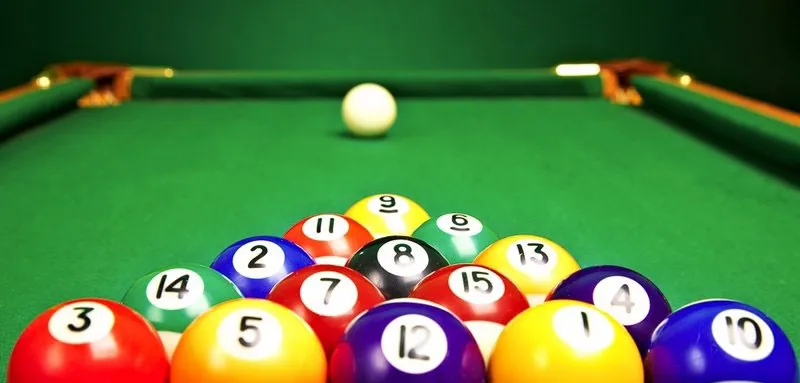 Understanding the nuances of English billiards allows you to immerse yourself in the atmosphere of Victorian clubs, to feel part of something elegant and thoughtful. Want to experience what it means to be a cue master? Check out the online platform or sign up at your nearest billiard club, grab your cue, and go ahead – into a world where every move counts and every game is a small battle of wits and dexterity.
Understanding the nuances of English billiards allows you to immerse yourself in the atmosphere of Victorian clubs, to feel part of something elegant and thoughtful. Want to experience what it means to be a cue master? Check out the online platform or sign up at your nearest billiard club, grab your cue, and go ahead – into a world where every move counts and every game is a small battle of wits and dexterity.